Have you ever noticed how certain colors make you feel a certain way? Maybe you feel calm when you’re surrounded by blue or energized by the color red. This isn’t just a coincidence—there’s a whole science behind it called color psychology.
In fact, the colors around you can influence everything from your mood to the decisions you make, often without you even realizing it. Let’s dive into how this works and how colors influence mood and emotions.
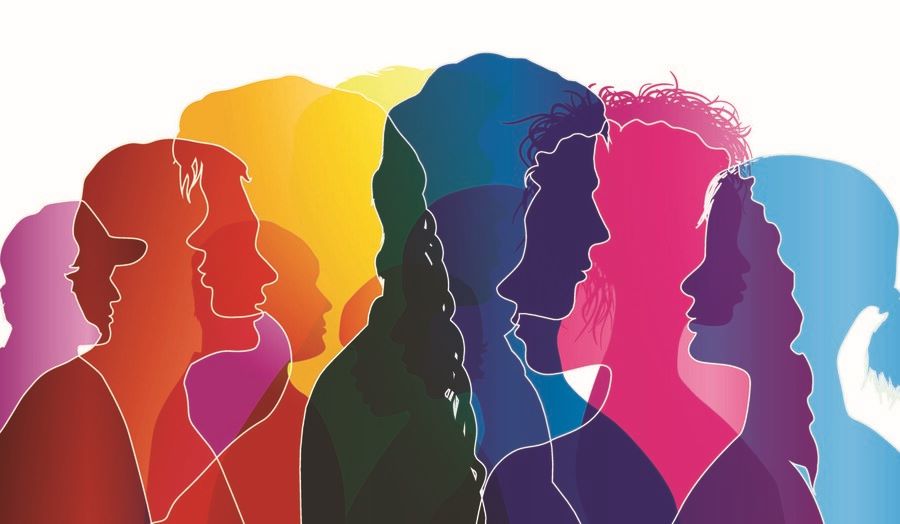
Read More Here: What Your Favorite Color Reveals About Your Personality
What Is Color Psychology?
Color psychology is the study of how colors affect your emotions and behaviors. Your brain associates colors with feelings and actions, often based on culture, personal experiences, and biology.
Marketers, interior designers, and therapists frequently use this understanding to guide decisions, from product packaging to room decor.
Imagine walking into a bright yellow room. That color might instantly make you feel cheerful or energized. Now picture a room painted in soft lavender or cool blue.
You might feel more relaxed, as these colors influence mood and are often linked to tranquility. This is color psychology at work—colors shaping your emotions, behavior, and choices.
How Colors Influence Mood and Emotions
Different colors evoke different feelings. Here’s how some common colors can influence emotions and behaviors:
1. Red: The Color of Energy and Passion
Red grabs attention and evokes feelings of passion, excitement, or urgency. It’s why stop signs, sale banners, and sports uniforms often feature red. Red can even spark hunger, making it a popular choice for restaurant branding. While it can energize you, too much red may feel overwhelming.
2. Blue: The Calm and Trustworthy Hue
Blue creates feelings of calmness and trust. Often linked to the sky and ocean, it’s a soothing choice for bedrooms and offices.
Companies aiming to appear reliable, like banks and tech brands, frequently use blue in their logos. Spending time around blue can help you feel focused, though excessive use might feel cold.
3. Yellow: The Happy and Energizing Shade
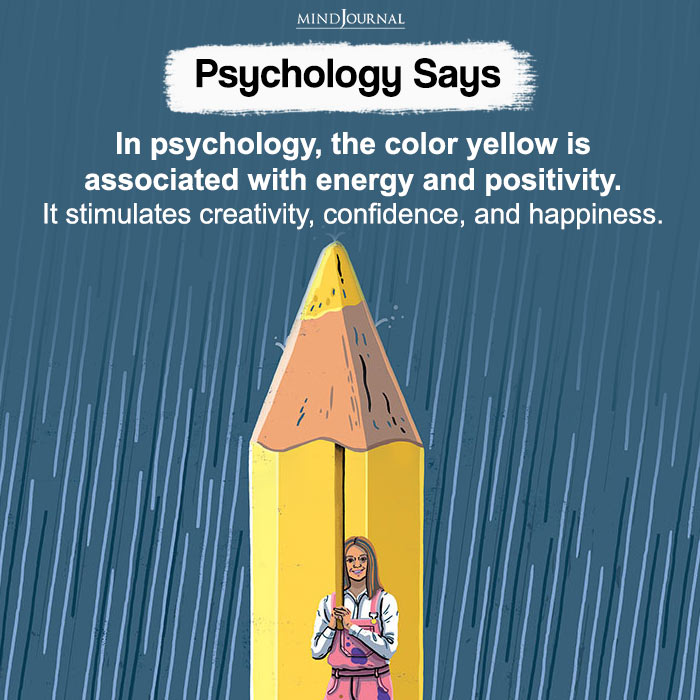
Yellow symbolizes positivity and energy, reminiscent of sunshine. It’s often used in children’s toys, kitchens, and product packaging to evoke happiness. However, intense yellows can overstimulate, sometimes leading to feelings of anxiety.
4. Green: The Color of Balance and Nature
Green is synonymous with growth, balance, and nature. Its calming effect on the eyes makes it popular in spaces like parks or spas. Because green is associated with stability, it’s often used by eco-friendly or health-conscious brands.
5. Purple: The Royal and Creative Color
Purple represents luxury, creativity, and imagination. Historically linked to royalty, it’s now used in high-end branding and creative spaces. While purple can inspire innovation, too much might feel overly dramatic.
Using Colors to Shape Your Life
Understanding how colors influence mood allows you to use them strategically:
1. Wardrobe: Want to exude confidence? Wear red. Need to stay calm? Opt for blue or green.
2. Home Decor: Use tranquil shades like blue or green for bedrooms, and energizing colors like yellow for kitchens.
3. Workspaces: Add purple for creativity or blue and green for focus and productivity.
Read More Here: The Psychology Behind Changing Hair Color: 7 Mood Boosting Benefits
Colors are more than a visual experience—they’re powerful tools that affect how you feel, think, and act. By recognizing how color psychology works, you can intentionally use colors to influence your emotions, boost your mood, and create environments that align with your goals.
So, the next time you choose a color, remember it’s more than just aesthetic—colors influence emotions and decisions in profound ways!
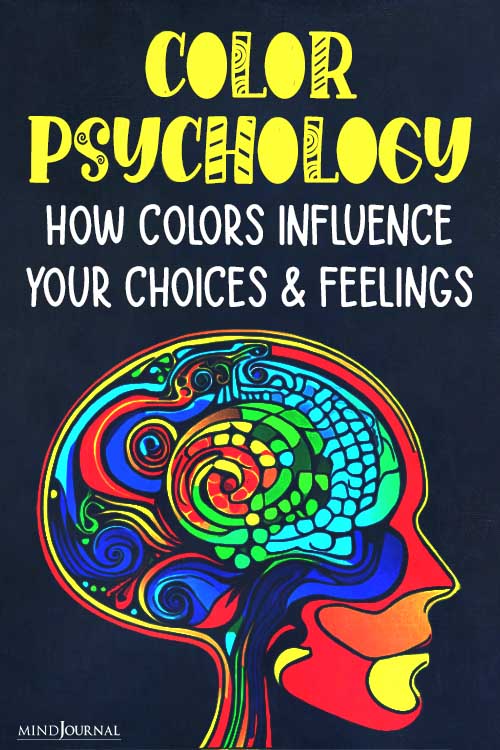

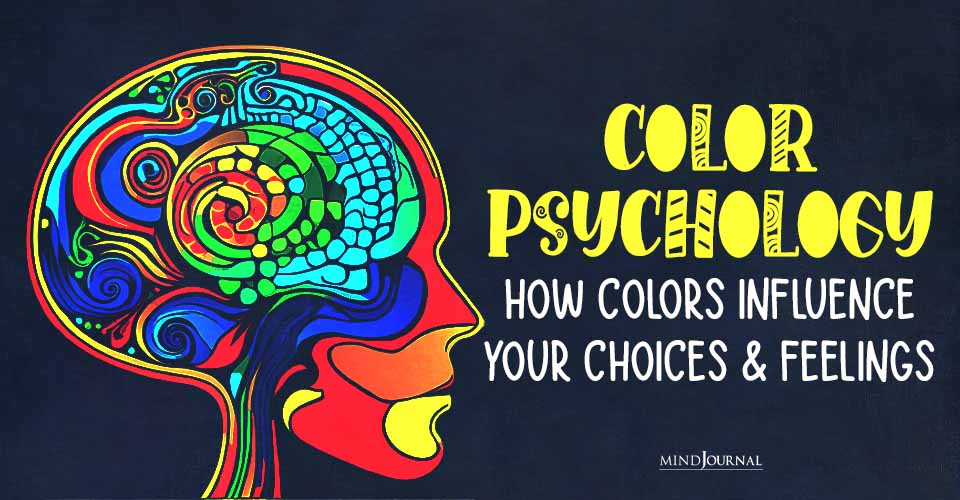

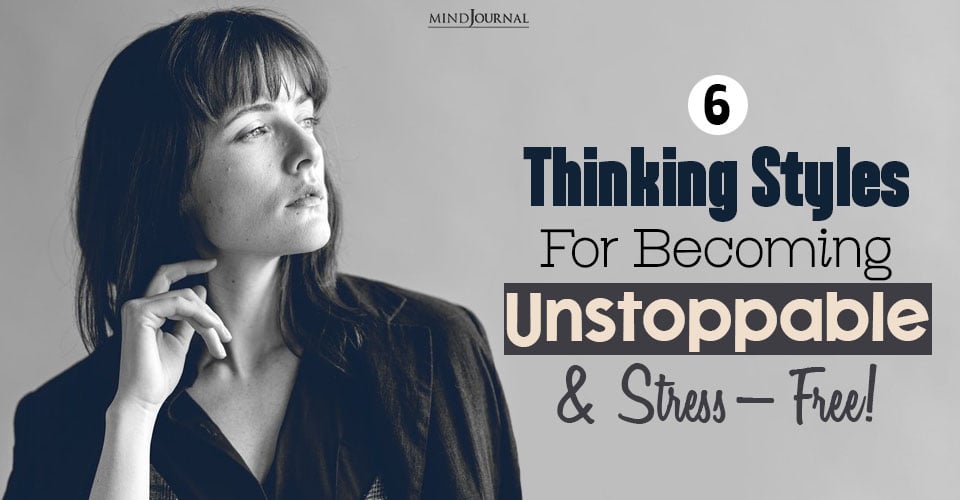

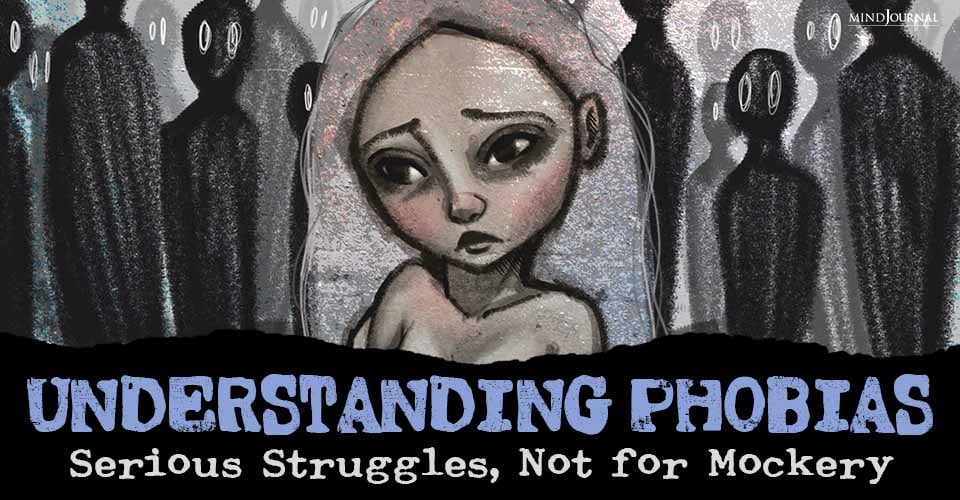

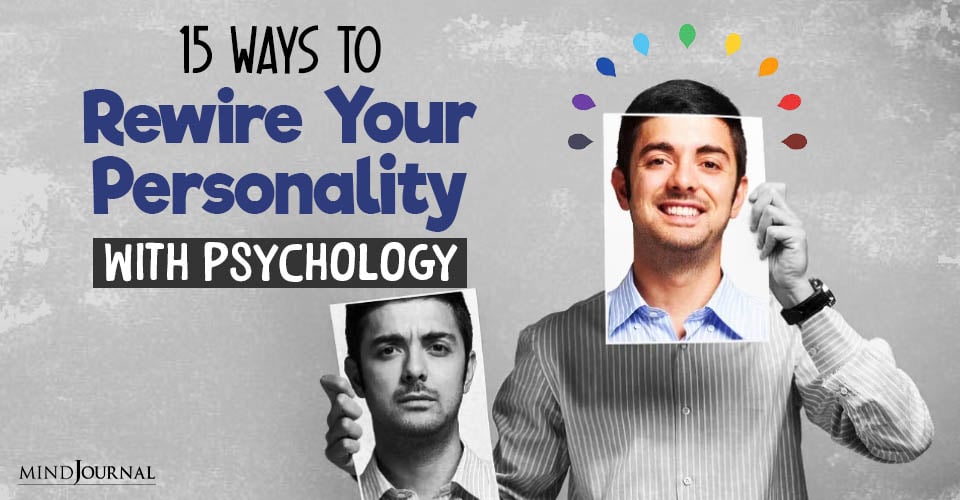
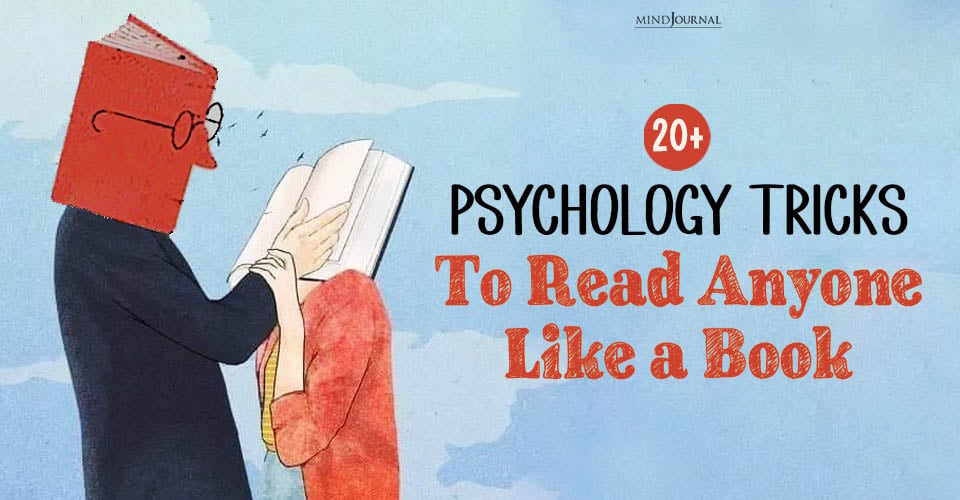
Leave a Reply